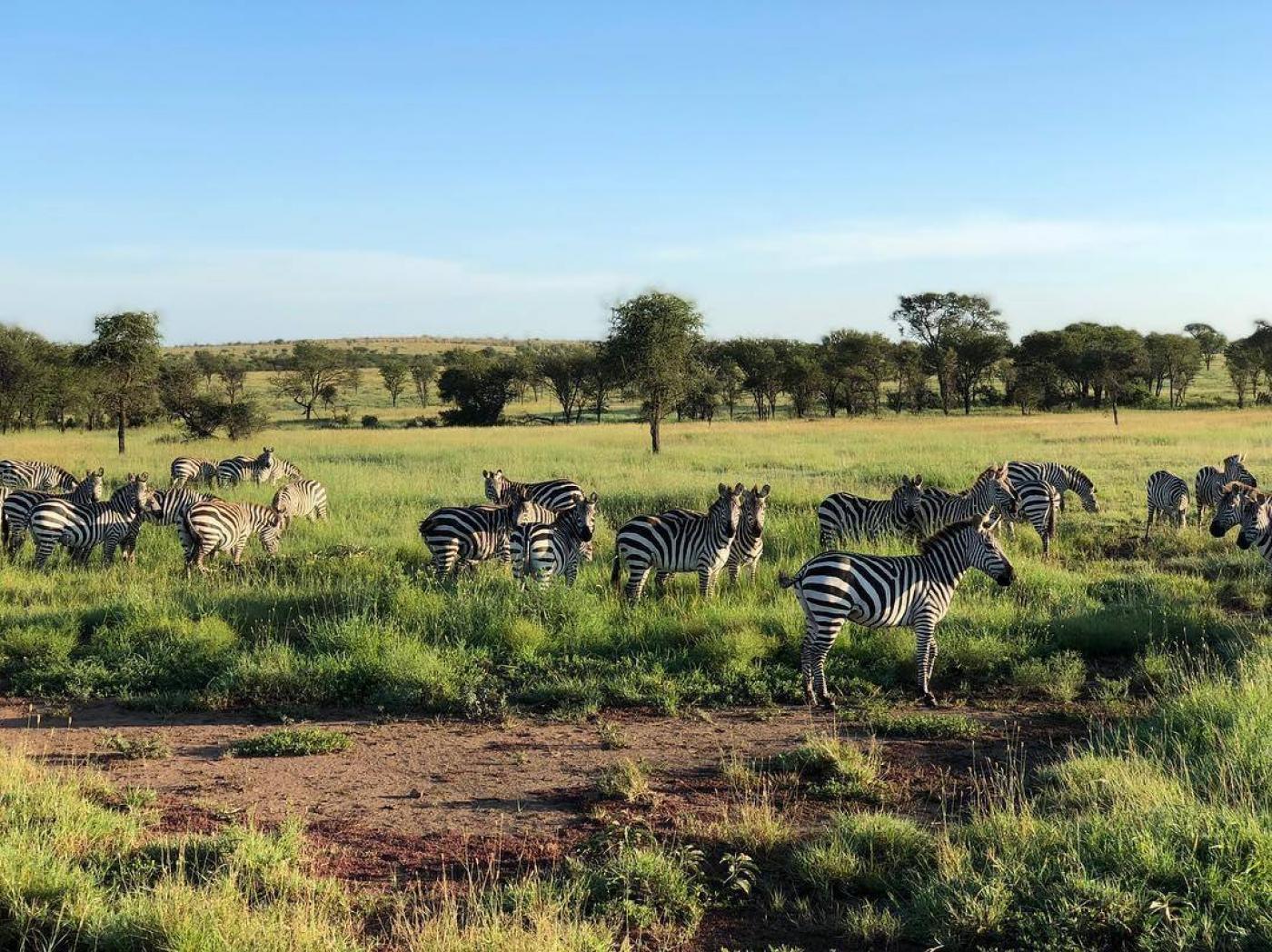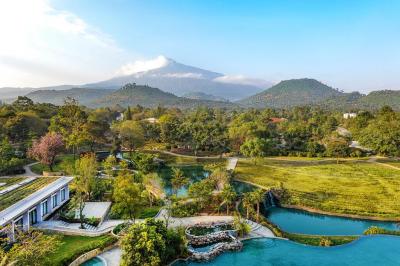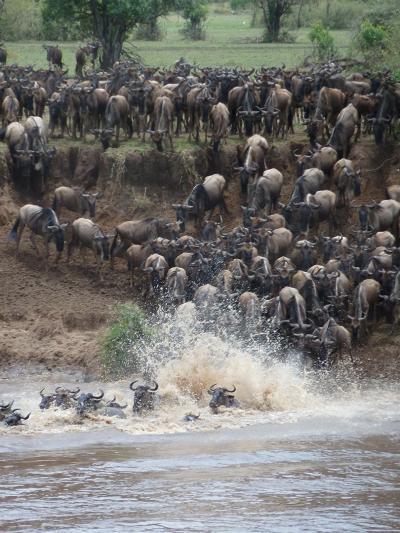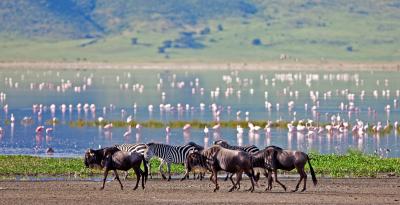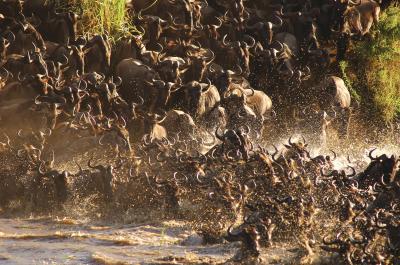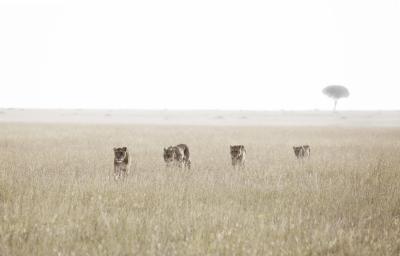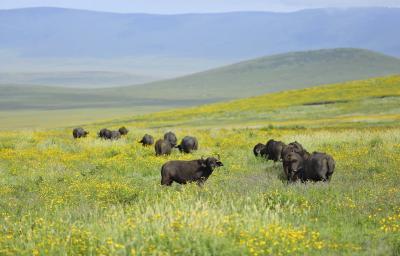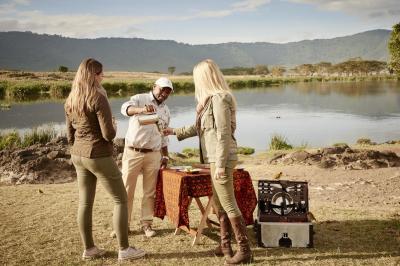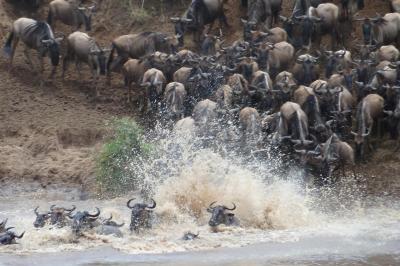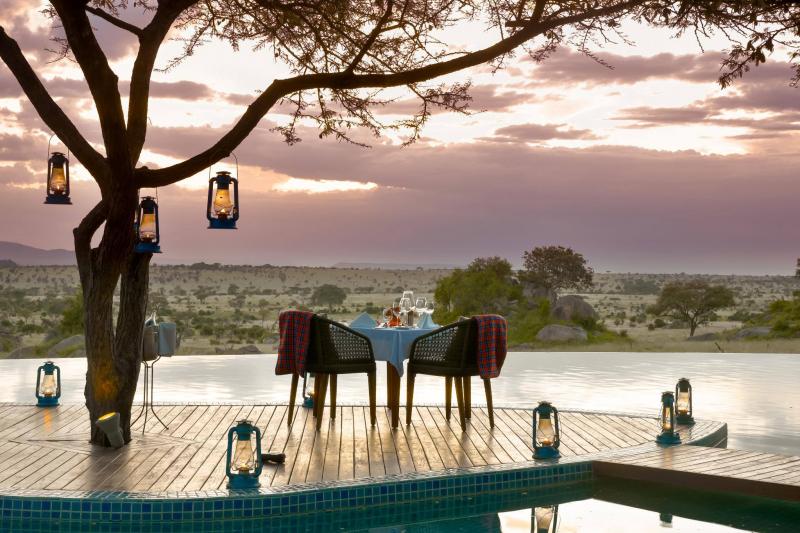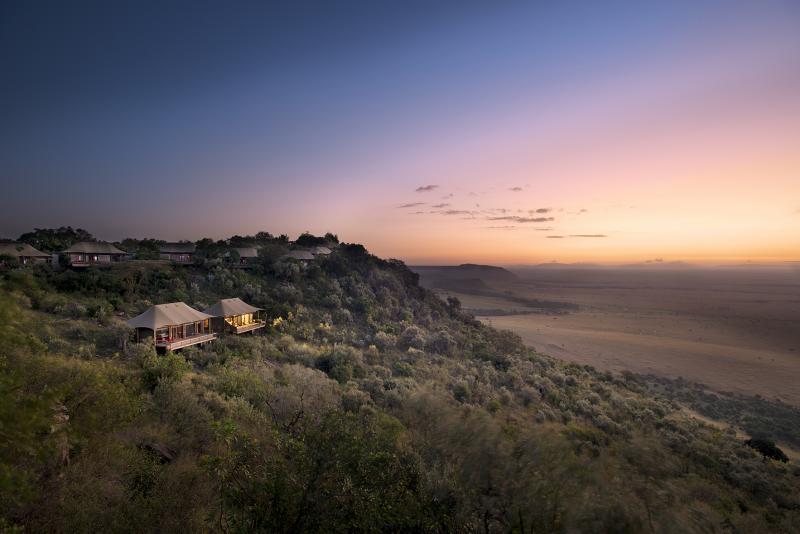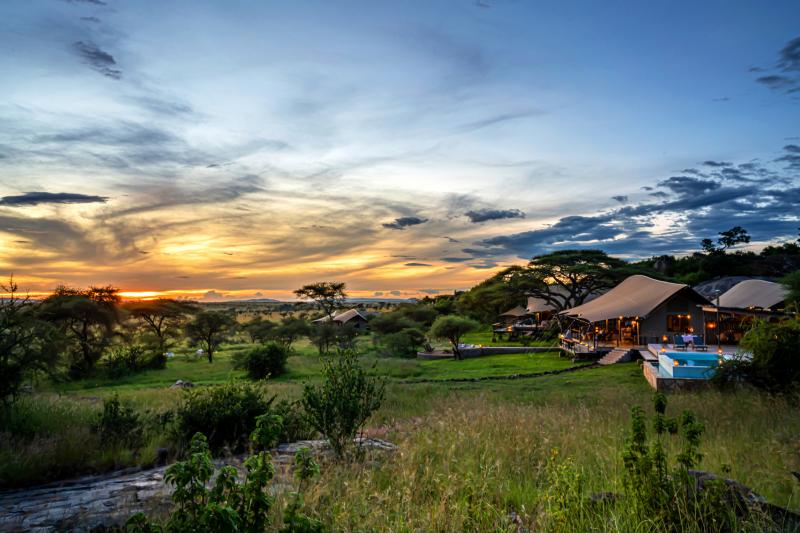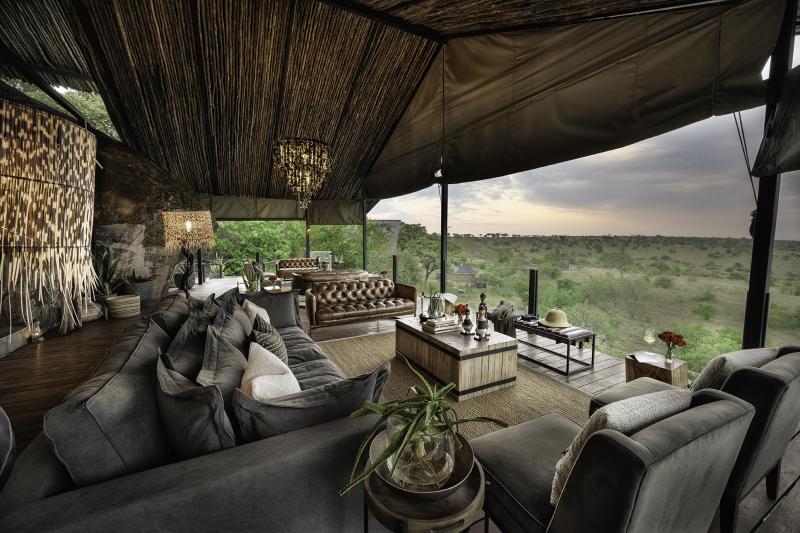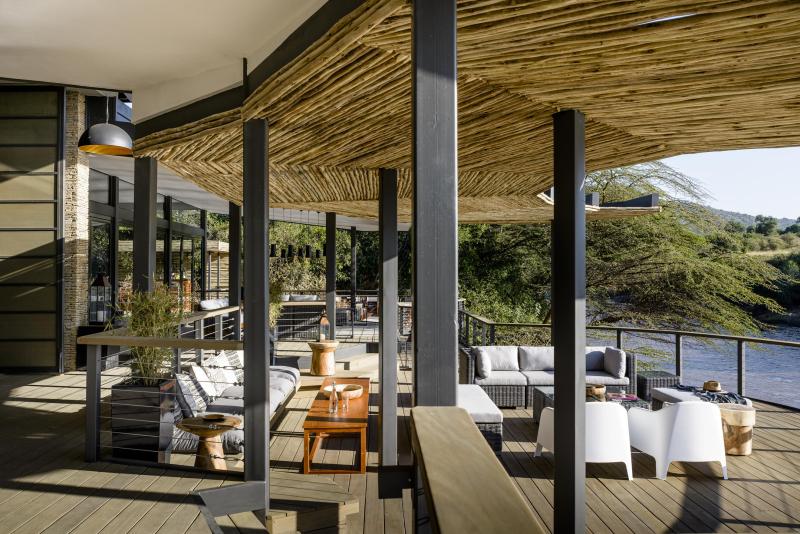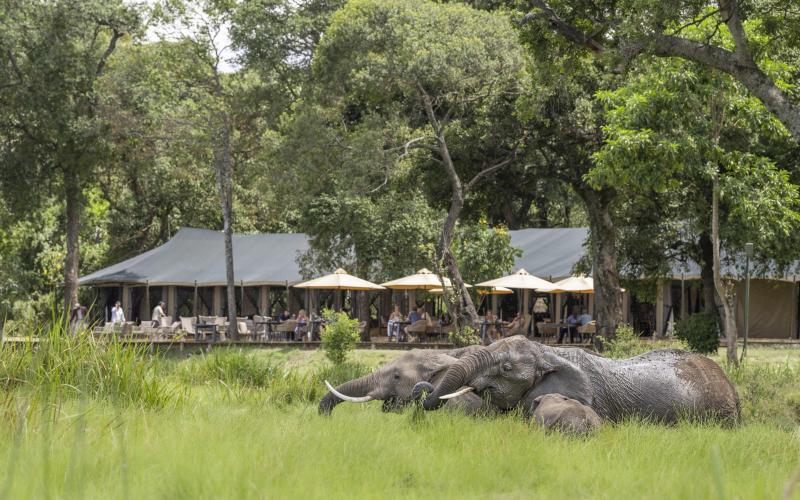When one plans to go on a safari, especially for the first time, the destination usually boils down to the Masai Mara in Kenya or the Serengeti in Tanzania. Why? These renowned parks are considered top African safari destinations and are arguably the world’s best safari parks due to their diverse landscapes and focus on wildlife. But if one has to choose, where should a first-timer go?
Where are the Masai Mara and Serengeti located?
Both part of East Africa, the Masai Mara Game Reserve is located in southwest Kenya, while the Serengeti National Park is on the northern safari circuit of Tanzania. Together, they form 30,000 square kilometers of Africa’s most diverse and spectacular ecosystems, arguably the world’s premier destination for big game viewing.
The Masai Mara and Serengeti share an unfenced border, allowing animals to roam freely between the two parks. Both feature savannah habitats: open grasslands interspersed with varying amounts of trees and thickets. There are also iconic rocky outcrops called kopjes, inhabited by wildlife, including mighty lions observing their prey from above. Fun fact: this entire ecosystem inspired the classic movie The Lion King.
Masai Mara vs Serengeti: Landscape Comparison
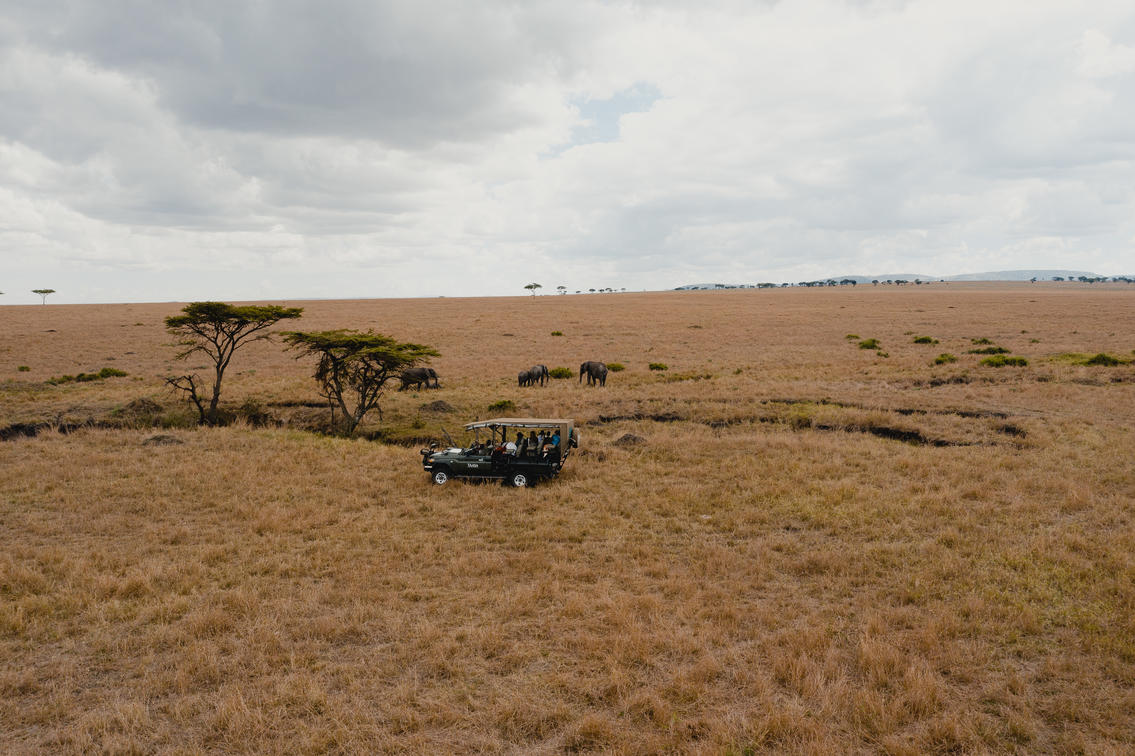 Expect vast, rolling plains dotted with lone thorn trees scattered across the savannas. You’ll also see distant purple hills that add magic to the landscape and help create some of the most stunning sunsets imaginable. Compared to the Serengeti, the Mara is quite hilly and has fewer trees, as elephants knocked them down centuries ago. This sparse landscape makes game viewing significantly easier, especially during the dry season.
Expect vast, rolling plains dotted with lone thorn trees scattered across the savannas. You’ll also see distant purple hills that add magic to the landscape and help create some of the most stunning sunsets imaginable. Compared to the Serengeti, the Mara is quite hilly and has fewer trees, as elephants knocked them down centuries ago. This sparse landscape makes game viewing significantly easier, especially during the dry season.
The Serengeti, while similar to the Masai Mara, is much larger. Its name means “the land that moves forever” in Swahili, reflecting its endless plains. In addition to open savannas, expect acacia-studded grasslands, riverine woodlands, scrubby hills, various kopjes, and water holes, including the remarkable Hippo Pool.
Wildlife in Masai Mara and Serengeti: What to Expect
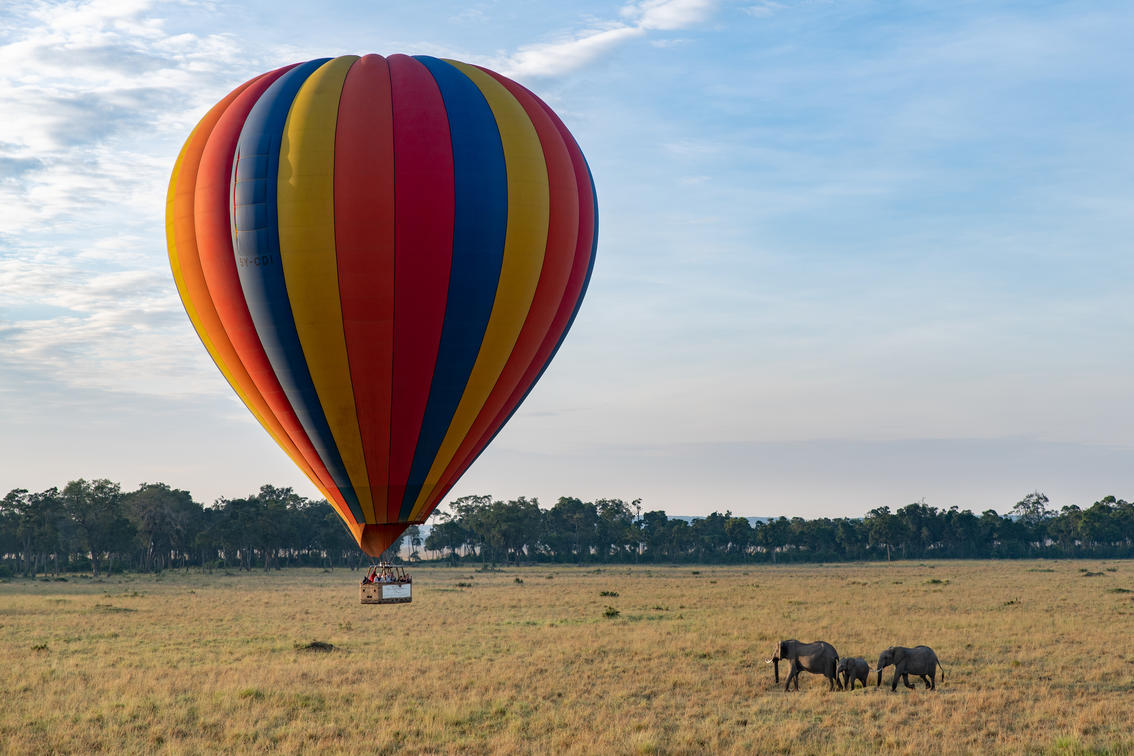 Both the Masai Mara and Serengeti boast incredible wildlife, with animal concentrations that vary depending on the specific habitats within each park.
Both the Masai Mara and Serengeti boast incredible wildlife, with animal concentrations that vary depending on the specific habitats within each park.
As the setting for the iconic Great Wildebeest Migration, these ecosystems host millions of wildebeests, zebras, and Thomson’s gazelles traversing the parks year-round. Both parks also support an impressive number of predators, including over 3,000 lions, 8,000 hyenas, and 1,000 leopards.
In addition to the Big Five (lions, leopards, Cape buffaloes, African elephants, and black rhinos), other residents include massive Nile crocodiles and hippos in the rivers.
- In the Masai Mara, you’ll also find smaller predators like black-backed jackals, spotted hyenas, and bat-eared foxes. Giraffes, elands, and topis are abundant, alongside a dazzling array of birdlife, including Kenya’s national bird, the lilac-breasted roller.
- The Serengeti hosts herds of giraffes and various antelopes, such as elands, kongoni, topis, impalas, and gazelles. Big cats like lions, cheetahs, and leopards are frequently seen. Lions are nearly ubiquitous, while cheetahs are found in the southeastern plains and leopards near the Seronera River. Rarer species like dik-diks, klipspringers, and fringe-eared oryx also inhabit the Serengeti. Birdlife here is equally impressive, with about 500 species recorded.
While both parks are wildlife-rich, the smaller size of the Mara makes animal sightings easier. However, the Serengeti’s diverse habitats provide a greater variety of experiences and more opportunities to witness predator-prey interactions.
Interested in exploring the Masai Mara or Serengeti? Check out our safari packages for ideas and inspiration on where to stay.
Best Time to Visit Masai Mara and Serengeti
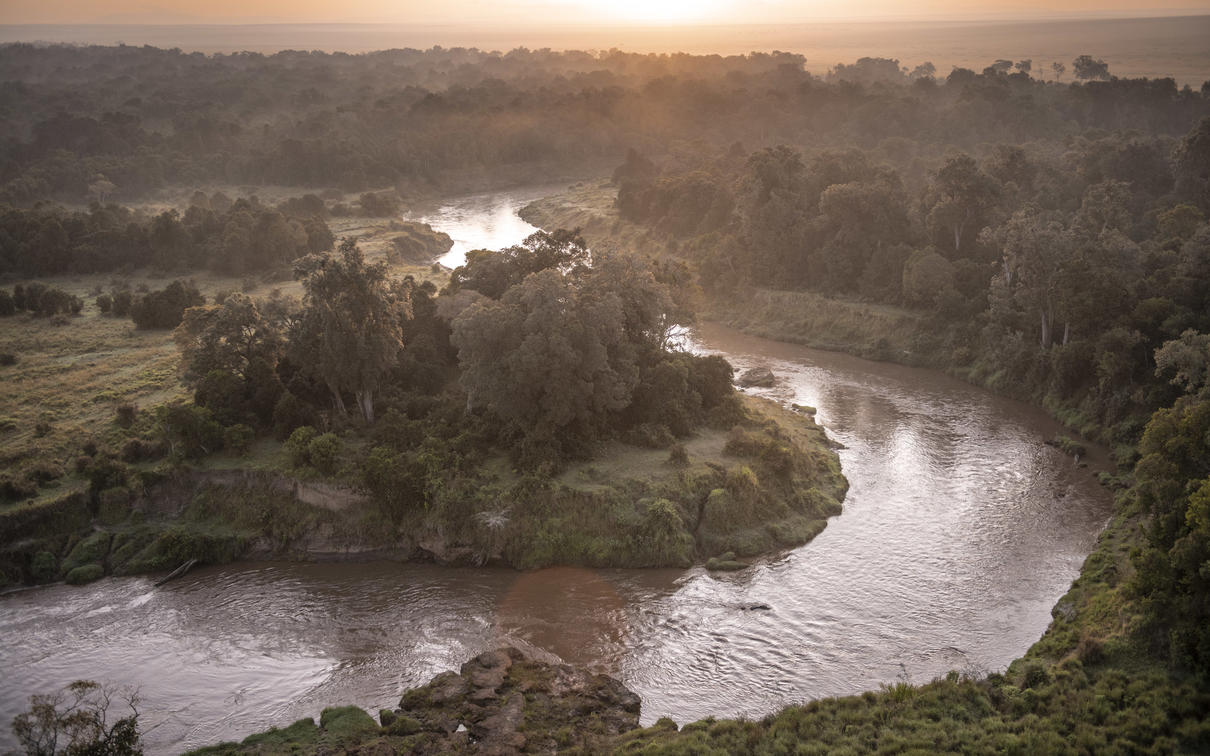 Both parks offer exceptional wildlife viewing year-round, but certain months stand out due to events like the wildebeest migration.
Both parks offer exceptional wildlife viewing year-round, but certain months stand out due to events like the wildebeest migration.
- Serengeti:
- Dry seasons (June to September and December to early March) are ideal for game viewing.
- Highlights include the Grumeti River crossing in June and July, where herds face crocodiles and hippos, and the dramatic Mara River crossingin late August or early September.
- The calving season occurs in February, with 8,000 baby wildebeests born daily—a prime time for predator sightings.
- Masai Mara:
- The best general game-viewing months are June to October.
- The migration peaks in September and October when the herds cross the Mara River and graze on the lush plains until November.
Accommodation Options: Masai Mara vs Serengeti
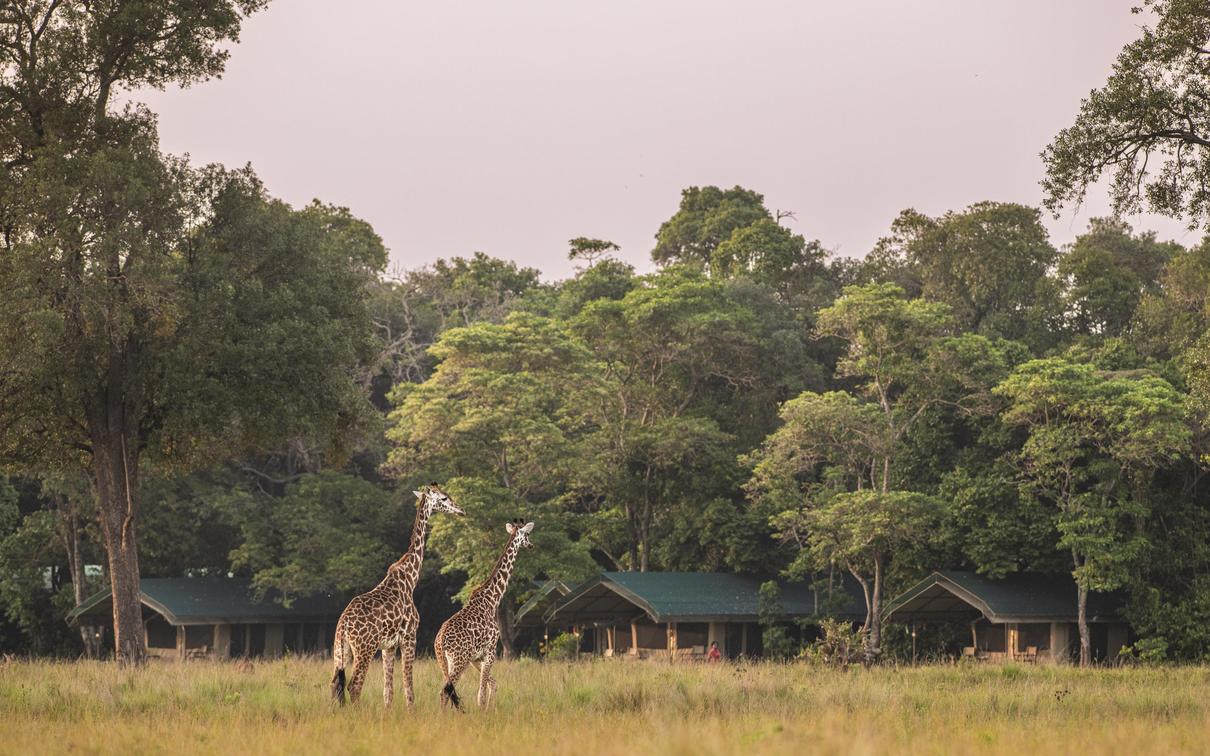 Both the Masai Mara and Serengeti offer a range of accommodations, from tented camps and budget-friendly options to luxurious lodges. Costs vary depending on the season and level of service.
Both the Masai Mara and Serengeti offer a range of accommodations, from tented camps and budget-friendly options to luxurious lodges. Costs vary depending on the season and level of service.
- Masai Mara: The central and eastern areas are busy during the migration season. To secure a spot near the Mara River, advance booking is essential. For a more exclusive experience, opt for a camp in the northern private concessions.
- Serengeti: Camps are strategically located along migration paths, with mobile camps available for those wishing to follow the herds. Budget travelers can find designated campsites, while luxury seekers can choose from hilltop villas, honeymoon retreats with spa services, or private lodges. Prices in the Serengeti are generally steeper than in the Mara, but the options are more diverse.
Recommended Accommodation in Masai Mara and Serengeti
Masai Mara vs Serengeti: Safari Cost Comparison
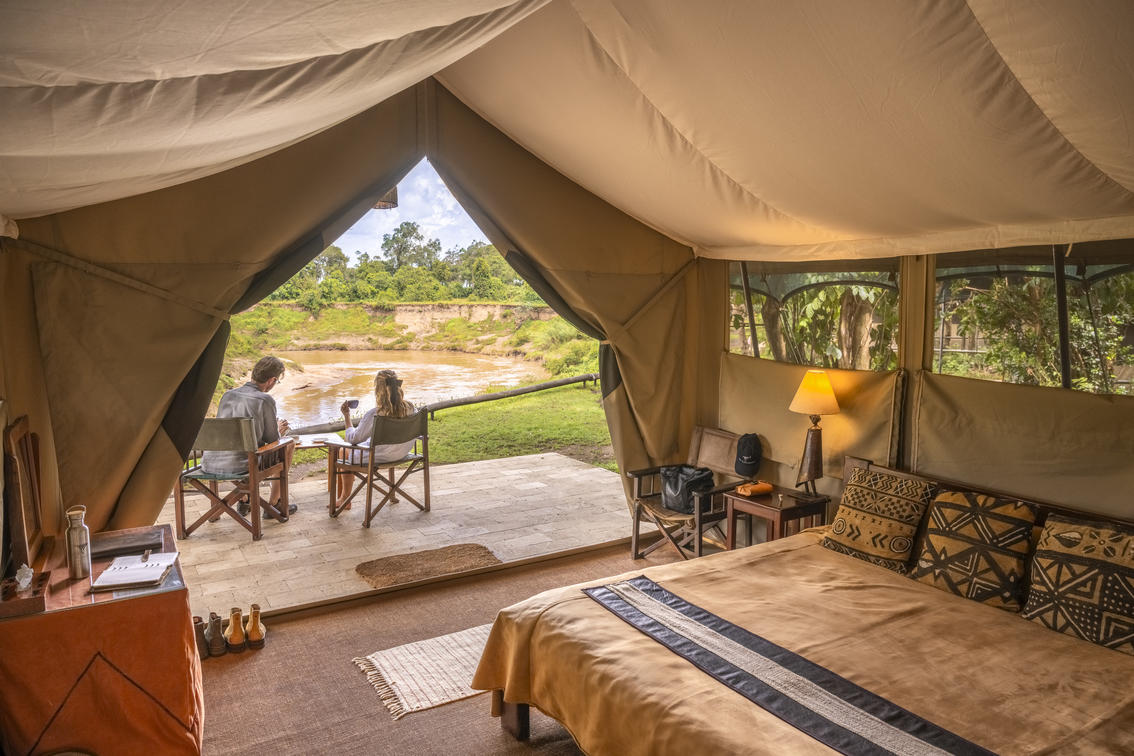 A safari in the Masai Mara is generally more affordable than one in the Serengeti. The Mara offers more budget-friendly accommodations and the option to join group game drives, while most Serengeti safaris are private. The smaller size of the Mara also means shorter safaris (3 days and 2 nights), compared to the Serengeti, which often requires 4 to 5 nights.
A safari in the Masai Mara is generally more affordable than one in the Serengeti. The Mara offers more budget-friendly accommodations and the option to join group game drives, while most Serengeti safaris are private. The smaller size of the Mara also means shorter safaris (3 days and 2 nights), compared to the Serengeti, which often requires 4 to 5 nights.
The Serengeti’s proximity to other parks like the Ngorongoro Conservation Area adds value to its safari packages, making it a great choice for travelers seeking diverse experiences.
Accessibility: Getting to Masai Mara vs Serengeti
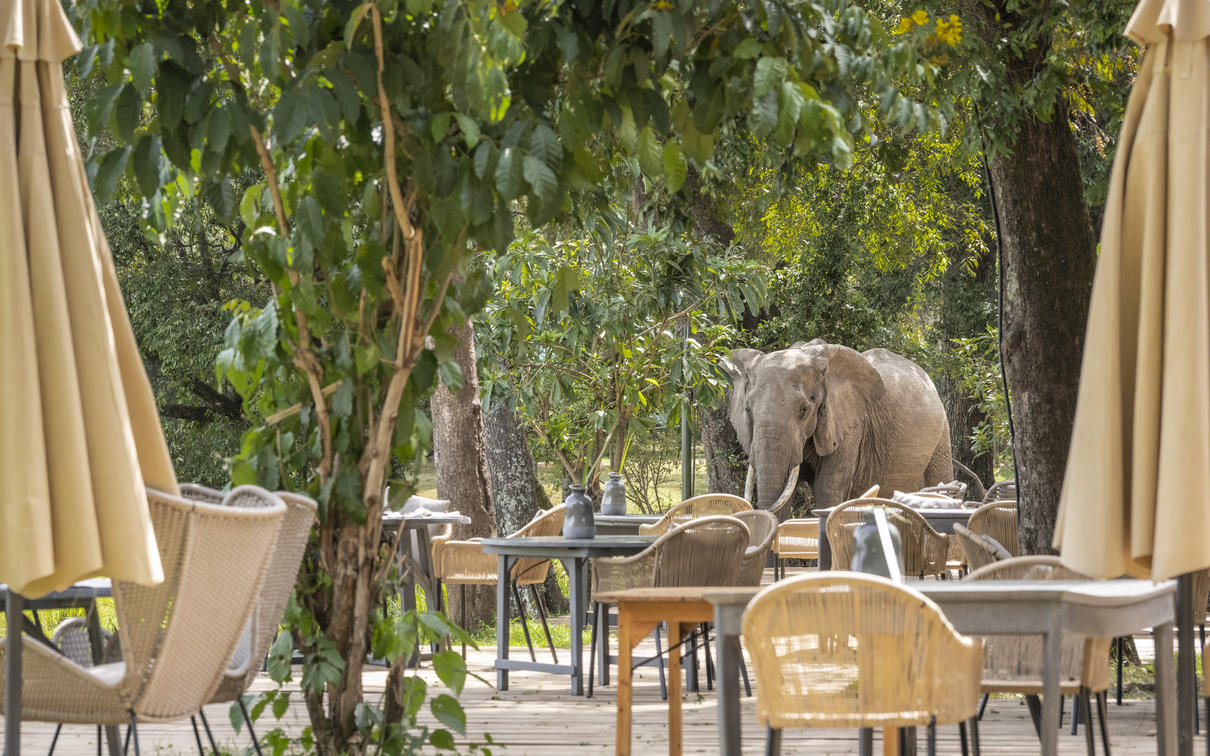 Travel to the Masai Mara is more convenient than to the Serengeti. The nearest international airport to the Mara is Jomo Kenyatta International Airport (NBO)in Nairobi, Kenya, which has more affordable and frequent flights compared to Tanzania’s Kilimanjaro International Airport (JRO).
Travel to the Masai Mara is more convenient than to the Serengeti. The nearest international airport to the Mara is Jomo Kenyatta International Airport (NBO)in Nairobi, Kenya, which has more affordable and frequent flights compared to Tanzania’s Kilimanjaro International Airport (JRO).
- From Nairobi, you can take a 45-minute chartered flight to one of the Mara’s six airstrips or drive 5-6 hours.
- From JRO, options include light aircraft flights to Serengeti airstrips (50-70 minutes) or an 8-hour drive. Alternative routes include flights to Dar es Salaam or Nairobi, followed by connecting flights to JRO.
Conclusion: Choosing Between Masai Mara and Serengeti
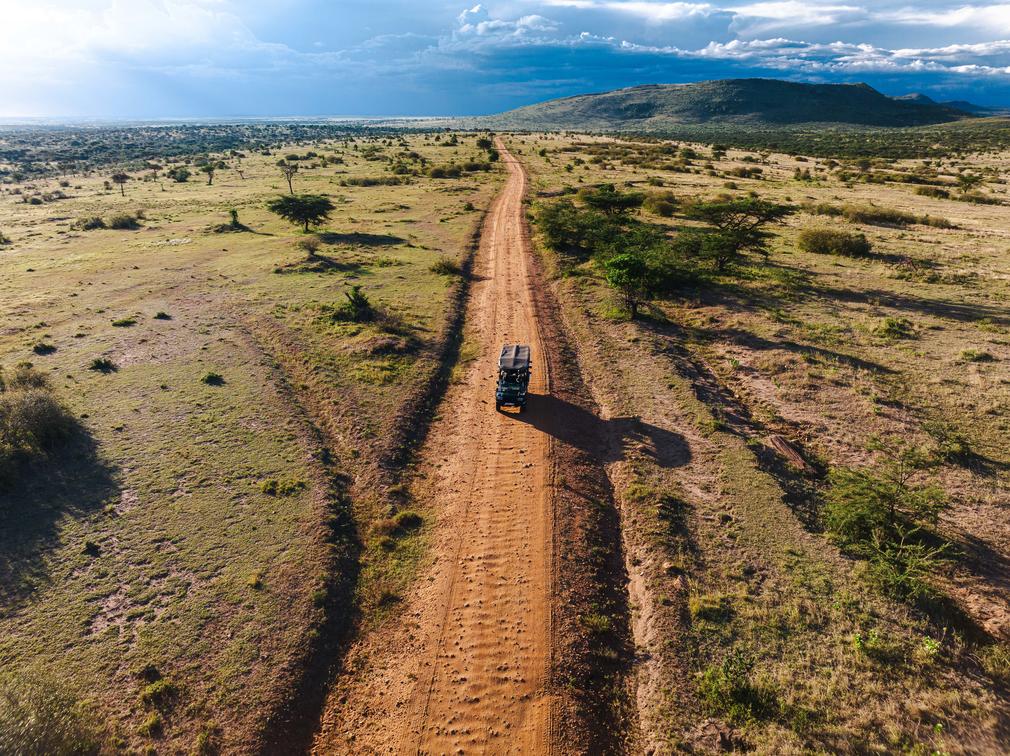
Both parks are excellent year-round destinations. If cost or travel time is a concern, the Masai Mara is your best bet. For a more exclusive and diverse safari experience, the Serengeti’s vastness and proximity to other parks make it an appealing option. Timing is crucial, especially for witnessing the Great Migration. If time and budget allow, visiting both parks would be the ultimate safari adventure!
Explore Kenya Safari Tours or Tanzania Safari Tours, or contact us to plan your dream safari holiday tailored to your style and budget.
Help Me Plan

 1-321-766-6821
1-321-766-6821 



.jpg)
.jpg)
.jpg)
